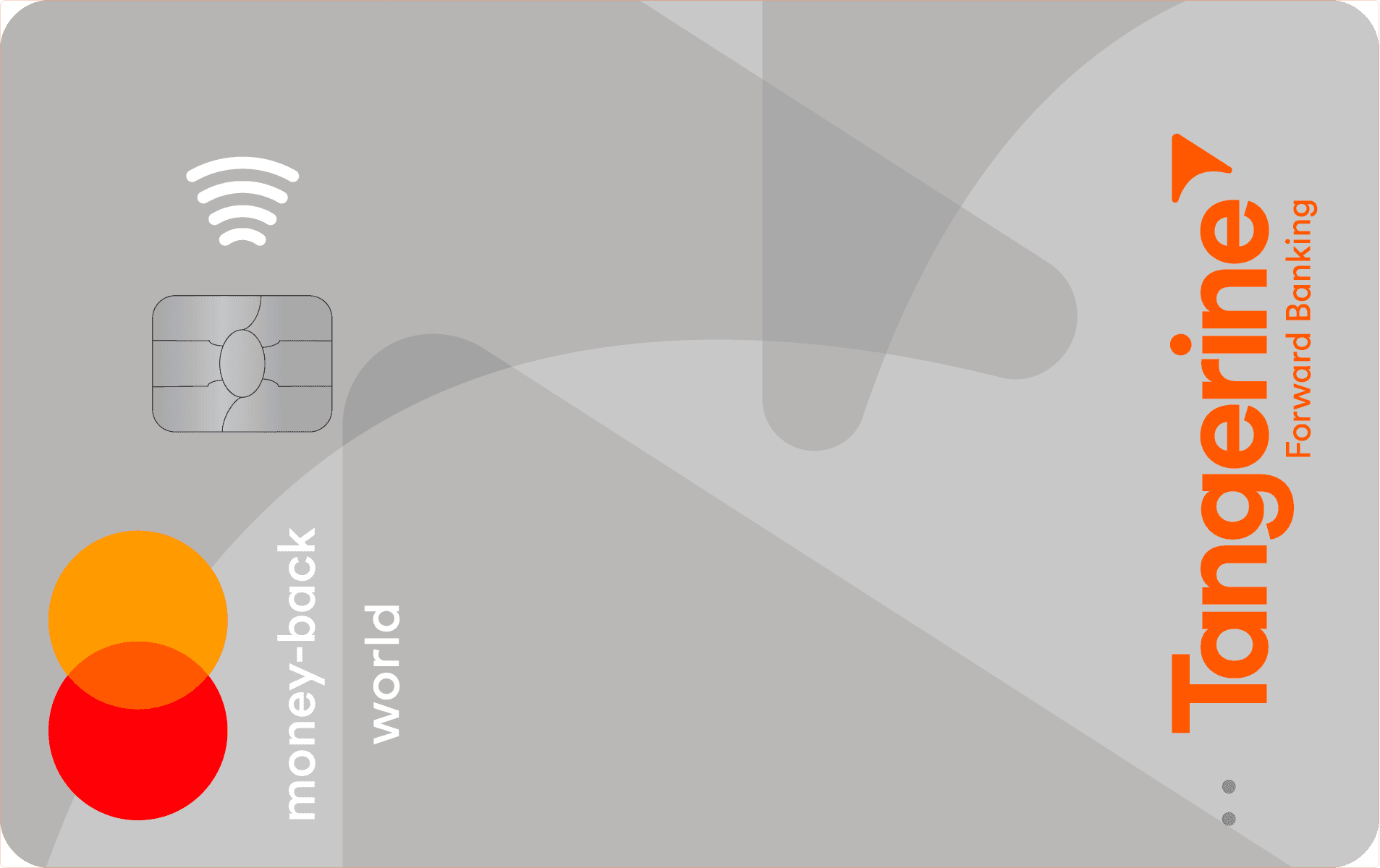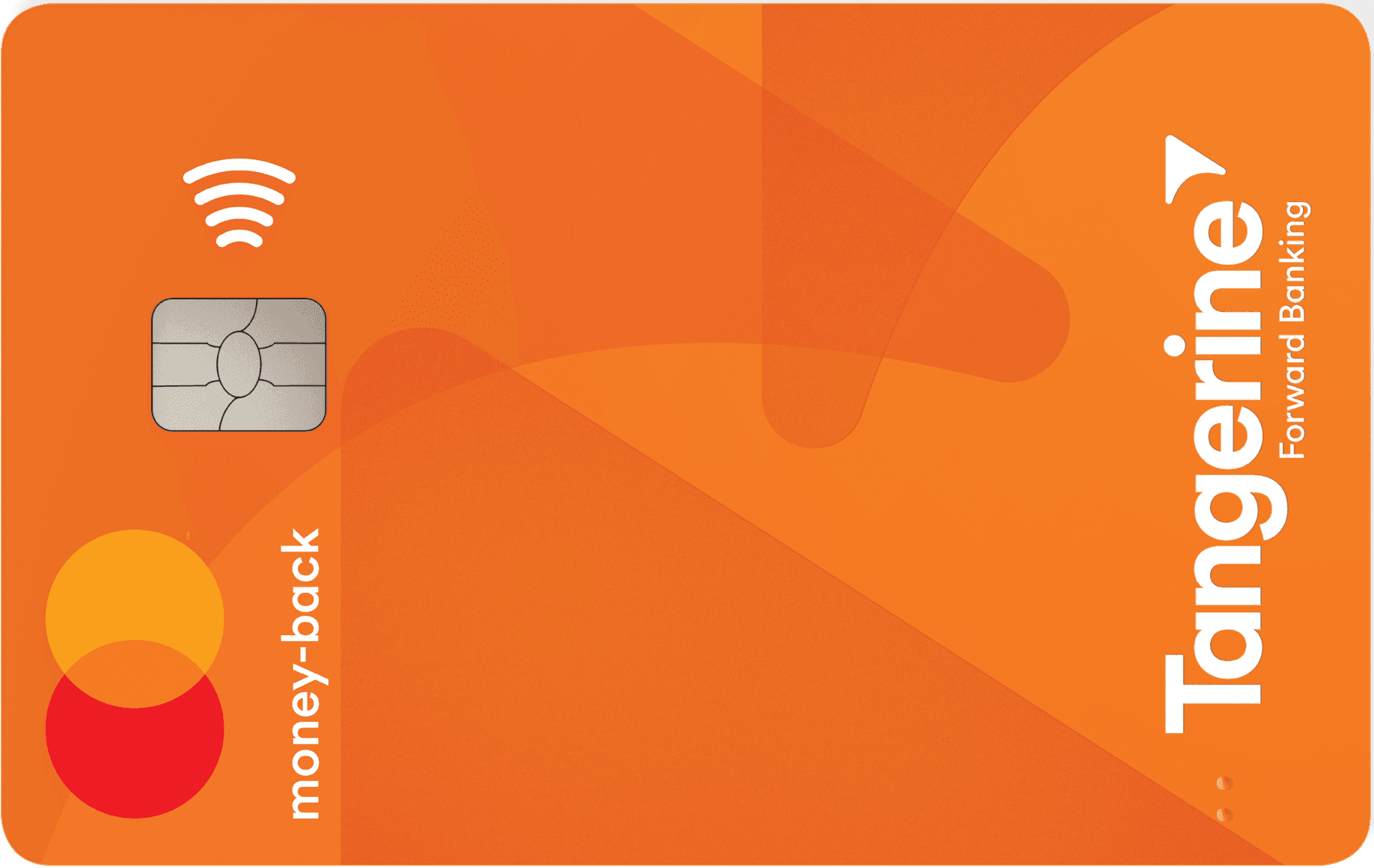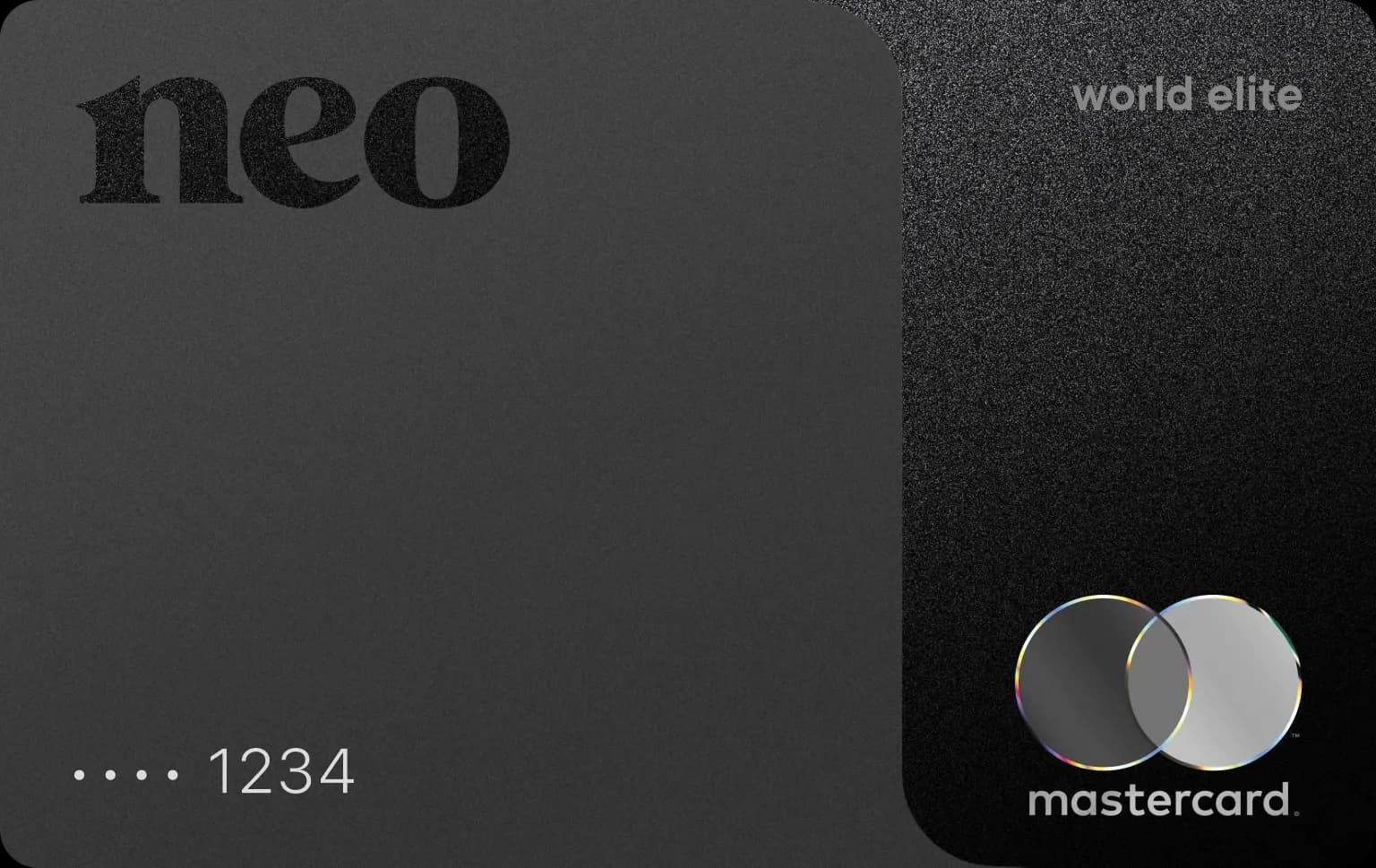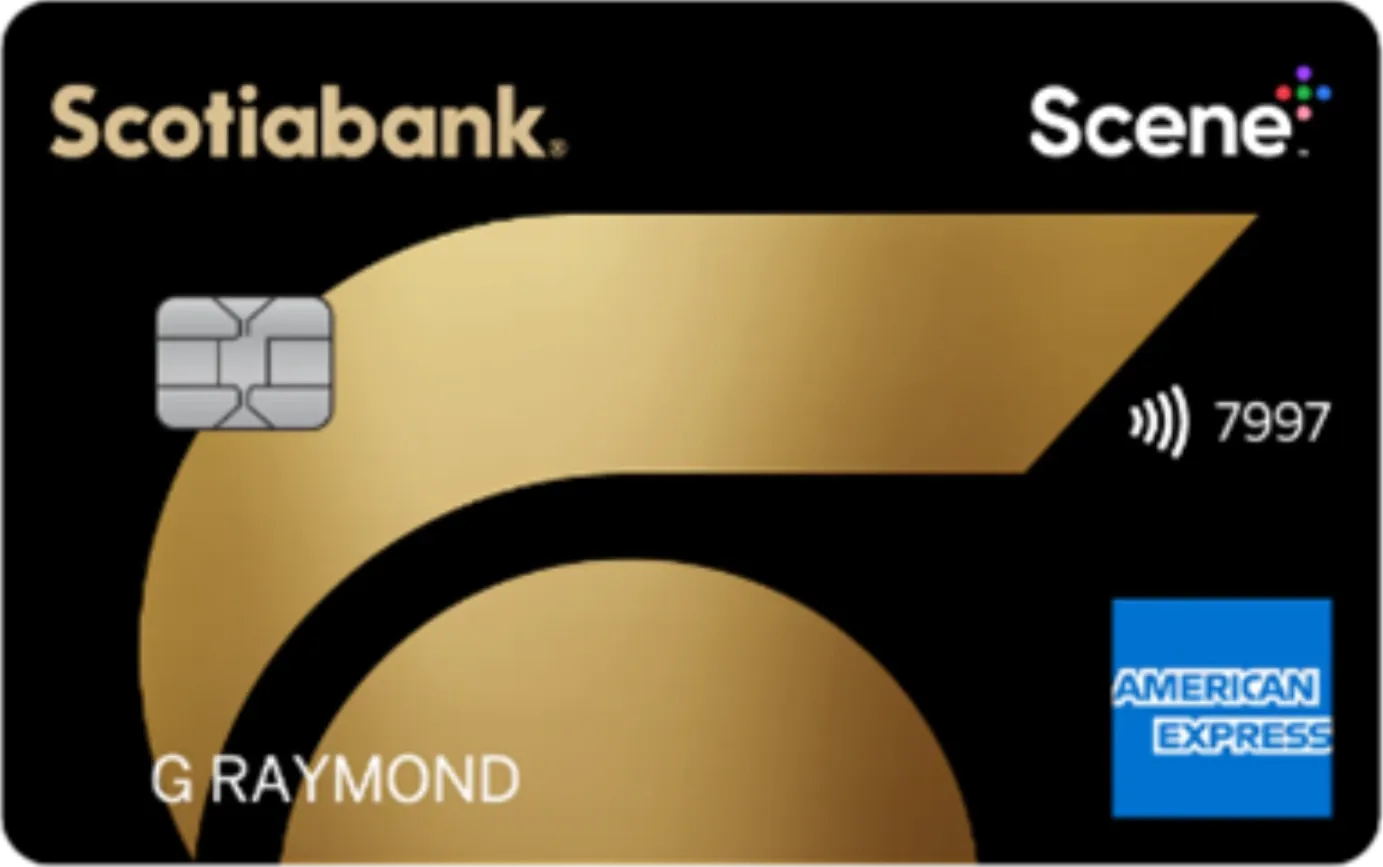Working hard in the background...
What's the Difference Between a Prepaid Card and a Credit Card?
Published Nov 25, 2025 12:48 PM • 12 min read
It’s important to understand the context behind the cards we keep in our wallets. To help you categorize which card covers what, we’ve created this comprehensive blog post that highlights the differences between a prepaid card and a credit card.
In summary, when you tap your credit card, you’re paying with borrowed funds that you will eventually need to pay off. When you swipe your prepaid card, you pay with funds you’ve preloaded onto that card. In other words, you’re using money that already belongs to you, so there’s no need to pay anything back.
Below, we’ve broken down everything you need to know about both types of cards, including the definitions of each card, their pros and cons, plus which one might be best for you.
What is a Prepaid Card?
Before we get into key comparisons, let’s go over what makes each card type distinct.
A prepaid card doesn’t pull funds from a bank account or credit line. Instead, money is preloaded onto the card by the cardholder (think of it like a gift card). Typically, you can’t spend more than what you’ve loaded onto the card, and any transactions that exceed the preloaded amount will be denied. You can use your prepaid card to purchase items online and in-store.
Prepaid cards can look a lot like credit cards. They may even have a Visa or Mastercard logo on them (these are known as open-loop prepaid cards). Like credit cards, prepaid cards have expiration dates assigned to them, and they can also be used to withdraw money from ATMs.
There are two common types of prepaid cards. Reloadable prepaid cards allow you to refill the card’s balance each time it runs out, and non-reloadable prepaid cards become void after the preloaded balance has been spent.
How Do You Get a Prepaid Card?
Now that you have a general idea of what a prepaid card is, let’s brush up on how you can get your hands on one.
Here’s a standard step-by-step process for getting a prepaid card:
- Browse available prepaid card options to find a card that works for you.
- Purchase the prepaid card either online or in person at select grocery stores, drugstores, or other popular retailers.
- After the card has been purchased, you may need to register or activate it.
- Once the card is registered or activated, you can load money onto the card.
- Now that you’ve filled your card with funds, it’s time to start spending.
Benefits and Downsides to Prepaid Cards
As with anything, there are pros and cons to using a prepaid card, but let’s start with the good.
Here are some of the benefits of using a prepaid card:
- Prepaid cards are budget-friendly. Generally, you can only spend as much as you load onto your prepaid card. This helps you stick to a spending cap and keeps your budgeting goals intact.
- You’ll have flexibility in loading your funds onto your card. You can add money to your prepaid card by direct deposit, bank transfers, transferring money from another prepaid card, or by stopping by a retailer or financial institution that caters to your specific card.
- Often, carrying a prepaid card is safer than carrying cash. With a prepaid card, issuers tend to provide cardholders with liability and loss coverage (similar to debit cards).
- You don’t have to worry about debt or credit scores. Since prepaid cards aren’t linked to a bank or credit card company, you typically don’t have to worry about owing any money or impacting your credit score.
To keep things balanced, here are the disadvantages of using a prepaid card:
- With a prepaid card, you’ll have to be mindful of maintenance fees. For example, depending on the card, there may be a fee for activating the card, using the card at an ATM, inactivity, or refilling its balance.
- Some prepaid cards are subject to overdraft charges. Recently, certain prepaid cards have been updated to cover costs that exceed the card’s preloaded balance, but this is considered rare and typically comes with an additional fee. In these cases, if you spend more money than you’ve loaded onto the card, you can expect overdraft charges. You'll find the potential for overdraft on reloadable prepaid cards that are often linked to online accounts and enrolled in overdraft protection programs. Traditional non-reloadable prepaid cards don't support overdraft.
- Prepaid cards aren’t built for building credit. As we mentioned in the benefits section, you can’t build credit with a prepaid card. While this is helpful for those who are worried about carrying a balance and negatively impacting a credit score, building credit and striving for a good credit score will help cardholders in the future with things like rental applications, mortgages, and loans.
For a better understanding of how to load your prepaid card, what fees you could incur, and other useful information, you’ll need to consult your prepaid card’s individual terms and conditions.
What is a Credit Card?
A credit card is issued by an institution such as a bank and is used to make purchases online or in-store using borrowed money. Since the funds are borrowed, you’ll need to pay off your balance either in full or meet the minimum payment requirement before your card’s set payment due dates. If you miss a payment and carry a balance past its due date, you’ll accumulate interest charges. Interest charges differ from card to card.
Learn More: What is a Credit Card Billing Cycle
Spending limits are still imposed upon credit cards. Your credit limit is provided by your issuer, and its value usually depends on aspects like your credit score, your income, and your payment history.
Read More: What Credit Card Limit Should I Have?
How Do You Get a Credit Card?
To get a credit card, you’ll want to follow these steps:
- If you have one already, check your credit score to get a better idea of which credit cards you can successfully apply for.
- Sift through credit cards that cater to your credit score and income. You’ll want to select a card that complements your spending habits.
- Submit a credit card application.
- Wait for your card to arrive in the mail.
- Activate your card and start building credit.
To find your ideal match, use our credit card comparison tool.
Benefits and Downsides to Credit Cards
Just like we did for prepaid cards, let’s cover the pros and cons of credit cards.
Here are some of the benefits of owning a credit card:
- With credit cards, you can collect rewards and cashback. Most credit cards come with perks and rewards programs that add value to your spending. On top of rewards, some cards are also equipped with benefits and insurance coverage.
- Plan for the long term, by building credit. Building credit helps you later on when you need to apply for a mortgage, a rental home, or a loan. Having a higher credit score also allows you to apply for exclusive or high-value credit cards.
- Credit cards allow you to spend with ease using safety features. Credit cards come with certain protections that help you against theft and fraudulent charges.
Read More: Best Rewards Credit Cards in Canada, Best Cashback Credit Cards in Canada
Alternatively, here are some of the downsides attached to credit cards:
- Some credit cards come with frequent fees. You’ll want to check and see if your credit card has an annual fee. This is a charge applied yearly to account for the card’s benefits, perks, and coverage.
- You could be more susceptible to overspending. Sometimes, credit cards can make you feel like you have extra money to spare, but since the money you’re spending is actually borrowed money, this simply isn’t true. Make sure the amount you spend can be paid off at least through a minimum payment before the payment due date.
- You can negatively impact your credit score. Of course, if you carry a balance and acquire interest, or spend more money than you’re supposed to, you can negatively impact your credit score. But, if you choose the right card and use your credit card responsibly and correctly, this won’t be a worry.
To select the right credit card for your lifestyle, look into interest rates, perks, and other accompanying features, and always review individual credit card terms and conditions.
Learn More: Best No-Fee Credit Cards in Canada, Best Low Interest Credit Cards in Canada, Best Perks Credit Cards in Canada
Main Differences Between a Prepaid Card and a Credit Card
Let’s apply what we’ve learned so far. In this section, we’ll highlight the main differences between a prepaid card and a credit card.
Here are some common comparisons worth noting:
Applications and Approval
A prepaid card doesn’t recommend a particular credit score or require a certain amount of income from the cardholder. Credit cards typically have a suggested credit score and income requirement for successful applications.
Where Your Funds Come From
To reiterate, your prepaid card’s funds are loaded by you (the cardholder) and already belong to you. In most cases, you can only spend what’s been added onto the card.
As for credit cards, your funds are borrowed from the issuing institution. Eventually, you’ll be expected to pay your balance back in full or through a minimum payment by the payment due date; otherwise, you’ll collect interest. Your card will also come with a credit limit, which will tell how much you're authorized to charge to the credit card.
Where Your Fees Come From
There are certain fees connected to both types of cards. Prepaid cards can come with fees for card activation, inactivity, loading funds, or withdrawing money. Some credit cards come with annual fees, foreign transaction fees, cash advance fees, and higher interest rates. Check your card's terms and conditions to see where fees may apply.
Find a card that avoids foreign transaction fees: Best No Foreign Transaction Fee Credit Cards in Canada
Planning For The Long Term
You can only build credit with a credit card. By using a credit card, it’s possible to boost or lower your credit score depending on how responsibly you use it. Your credit score is taken into account in situations such as applying for a loan, buying a house, renting an apartment, or applying for other credit cards. While using a prepaid card protects you from negatively impacting your credit score, it also prevents you from building your score to help with future investments.
Read More: Top Canadian Credit-Building Credit Cards for Newcomers in 2025
Keeping Transactions Secure
With prepaid cards, fraud protection is generally limited compared to credit cards. While both types of cards tend to come with some sort of security policy, you’ll find more extensive policies through credit card providers.
Where and When You Can Use Each Card
Some prepaid cards are limited in terms of where you can use them, especially if they’re linked to certain programs or retailers. If they’re affiliated with Visa or Mastercard, they should be accepted at most places that accept credit and debit cards of those card types. Credit cards typically have broader usability, specifically for larger expenses like travel bookings, car rentals, and certain recurring payments. Determine the limits of either type of card by checking each card’s terms and conditions.
Read More: Best Visa Credit Cards in Canada, Best Mastercard Credit Cards in Canada, Best Travel Credit Cards in Canada
Extra Benefits
If you’re hoping for extra perks on top of your payments, credit cards are the way to go. Unlike prepaid cards, credit cards can come with added bonuses, benefits, insurance, and reward programs that motivate cardholders to spend money in specific categories for added value.
Which Type of Card is Best For You?
If you can meet the application requirements, feel confident managing your spending, paying off your balance, and are committed to building your credit, a credit card might be a good fit for you. Plus, you can also earn some perks catered to your spending style along the way.
If you have trouble meeting application requirements, are worried about overspending or missing balance payments, it might be safest to start with a prepaid card. This way, you’ll only be tapping into money you already have.
To satisfy different types of expenses, you can also opt for both a prepaid card and a credit card.
Conclusion
Here are the top takeaways from this blog post:
- Prepaid cards draw from a preloaded balance provided by the cardholder. Usually, you can’t spend more than what you’ve loaded onto the card. After you’ve used up the balance on your card, reloadable prepaid cards allow you to transfer more funds to the card for future spending.
- Credit cards borrow funds from the card’s institution with the understanding that the cardholder will eventually pay off the outstanding balance by a specified due date (either in whole or through a minimum payment). Spending is subject to a credit limit.
For a comprehensive breakdown of which card type will be most beneficial to you, browse through prepaid card and credit card options, and be sure to check each card’s terms and conditions.
Frequently Asked Questions
What’s the difference between prepaid cards, credit cards, and debit cards?
- Prepaid cards make payments using loaded funds previously transferred onto the card.
- Credit cards make payments by borrowing money from a limited credit line.
- Debit cards make payments using the money you have available in your bank account.
What is a prepaid card used for?
Like a gift card, a prepaid card has a set amount of money that you can use on purchases equal to or less than the preloaded balance at eligible retailers. After you’ve used up your balance, reloadable prepaid cards allow you to transfer additional funds to the card.
Trending Offers

Tangerine® Money-Back World Mastercard®*

Tangerine Money-Back Mastercard

Neo World Elite® Mastercard®

Scotiabank Gold American Express® Card
About the author

Sara Skodak
Lead Writer
Since graduating from the University of Western Ontario, Sara has built a diverse writing portfolio, covering topics in the travel, business, and wellness sectors. As a self-started freelance content ...
SEE FULL BIO